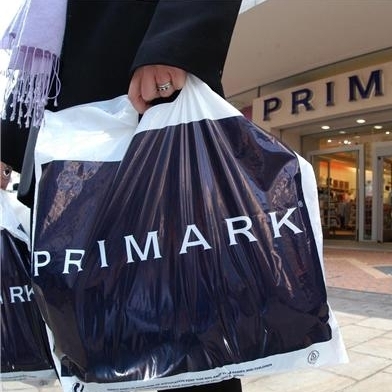Preparing for converging shopping channels
There are three primary means through which customers shop for goods and services: the web, mobile devices and at brick-and-mortar stores. Obviously, these three avenues are tremendously different and retailers must take a variety of approaches to engage customers through each one successfully.
Although merchants will need different strategies for each shopping method, they must also realize that the three ways to buy retail goods are beginning to converge.
While each shopping channel requires its own approach, the overall retail experience must be consistent regardless of where customers are buying goods and products.
To simply say online shopping is growing would be a serious understatement. It’s surging, with just about every retail category registering massive increases of 10 percent or more over the past year. On top of that, NRF’s digital division Shop.org expects a further growth in activity this year, upward of 9 to 12 percent.
Mobile has further fueled that explosive growth. According to separate data from Shop.org, the average retailer that utilizes mobile devices to engage customers experienced a 129 percent lift in sales in 2012 over the previous year. In 2013, that number can only grow. Throughout most of 2012, the number of smartphone owners was still relatively small. Now, they account for nearly half of all mobile subscribers, according to comScore data.
Traditional retail undergoes a metamorphosis
But that isn’t to say that traditional retail experiences are dead – they are just changing. Retailers need to realize the strengths and weaknesses of the channel. For instance, many consumers go to brick-and-mortar stores for convenience, the ability to look at products before they buy them and in-person customer experience. Many of those advantages are unique to physical store locations.
Merchants must take advantage of all three channels by creating robust cross-channel experiences.
Customers may find an item online, but then head in store to check out the product. Once they are in the store, they may use their mobile phones to compare prices or look up reviews. Ideally, retailers should be at the point of contact at each step of the way – this creates an all-inclusive retail experience.
“Taken out of context, retailers might cry ‘full steam ahead’ on online strategies and wrongly starve their brick-and-mortar channels,” asserts Multichannel Merchant. “Learn from traditional retailers like Nordstrom Rack that are using mobile registers and closing sales quickly. Multichannel retailers are using new dashboard-like technologies to bring online and offline data together.”
ECommerce software enables businesses to consolidate all of their various retail activities, whether it’s brick-and-mortar, online, mobile or even at the warehouse level. A solution such as SalesWarp can help retailers better manage the complete retail experience.

